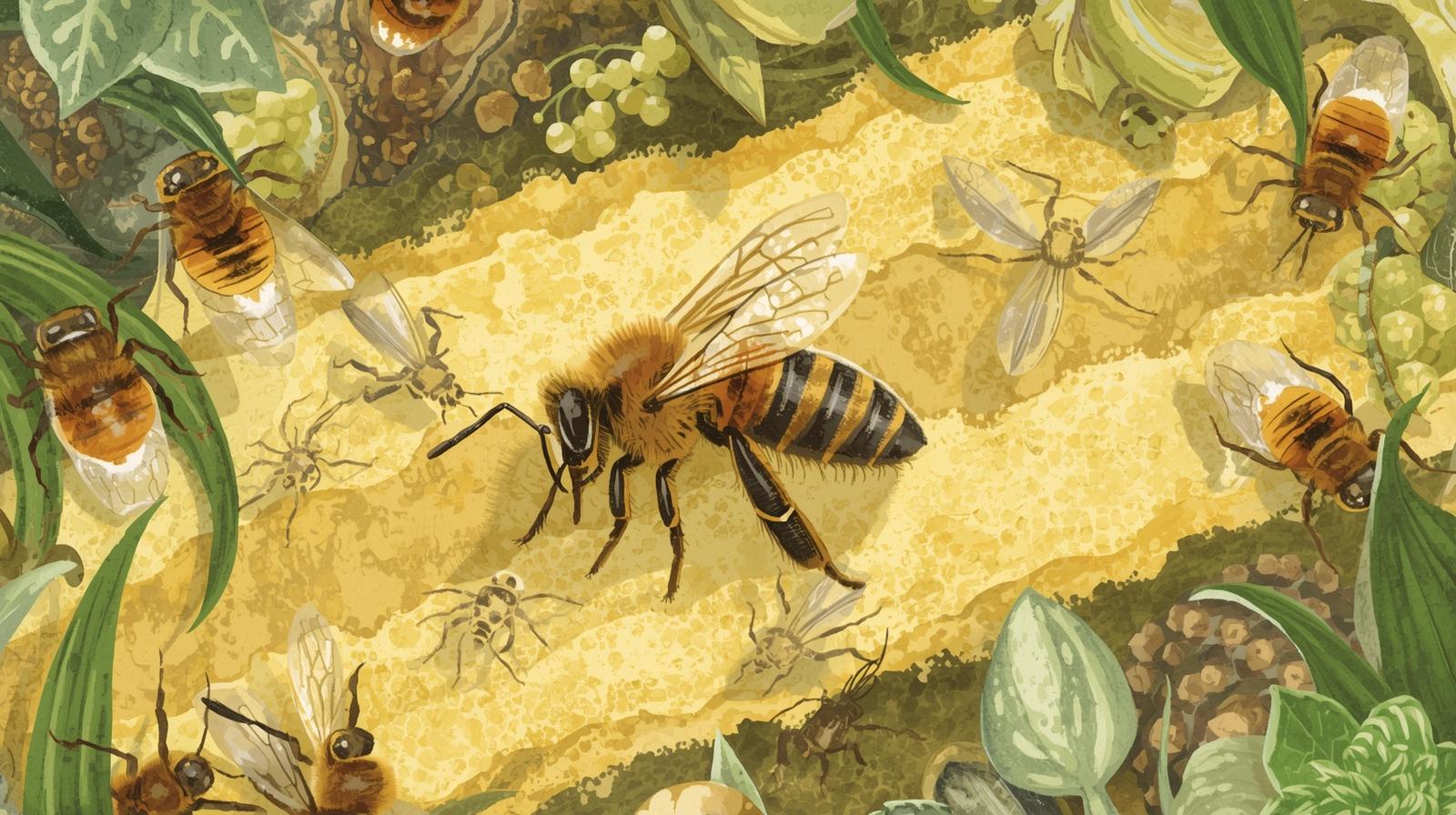Introduction
Modern agriculture faces a persistent challenge: controlling destructive pests like Spodoptera litura and Helicoverpa armigera, which devastate crops such as cotton, soybean, and tobacco. Conventional chemical pesticides have long been the frontline defense, but they bring alarming side effects — resistance buildup, residue contamination, and environmental harm.
A groundbreaking study now shines light on a greener solution: synergistic use of nucleopolyhedroviruses (NPVs). By combining Spodoptera litura nucleopolyhedrovirus (SpltNPV) with Helicoverpa armigera nucleopolyhedrovirus (HearNPV), researchers have unlocked an effective, sustainable approach to pest management.
The Science of Viral Synergy
Nucleopolyhedroviruses are naturally occurring insect-targeting viruses, already considered promising bio-pesticides. However, their slow kill rate has limited widespread adoption. This new research demonstrates that when SpltNPV is paired with HearNPV, their combined effect is far greater than either virus alone.
- Laboratory Findings: The SpltNPV + HearNPV mix was up to 14 times more virulent against S. litura and nearly 9 times more effective against H. armigera than single-virus treatments.
- Faster Action: The virus combination significantly reduced the time it took to kill larvae.
- Field Results: In real tobacco fields, mixed treatments achieved over 88% control of S. litura and 79% control of H. armigera within just ten days — outperforming single-virus applications.
Why It Matters for Sustainable Farming
This synergistic viral strategy offers multiple benefits for agriculture:
- 🌍 Eco-friendly alternative to chemical pesticides
- 🚫 Reduced risk of resistance in pest populations
- 🌱 Minimal environmental footprint compared to synthetic chemicals
- 💰 Commercial potential for developing cost-effective biopesticides
By leveraging nature’s own tools, farmers can protect crops more sustainably while safeguarding ecosystems.
Looking Ahead
The study highlights a promising path forward for biological pest control. As research advances, commercial formulations of synergistic NPVs could become a game-changer in integrated pest management (IPM). With growing concerns about pesticide overuse, such eco-innovations are essential to securing both crop yields and environmental health.
In summary: Combining nucleopolyhedroviruses amplifies their effectiveness against agricultural pests, paving the way for safer, more sustainable pest control strategies.
Reference
Shi, Z., Li, J., Wang, C., Wu, S., Zeng, W., Jia, S., Wang, Y., Xiao, Y., Li, M., & Tan, L. (2025). Synergistic effects of nucleopolyhedroviruses on larvicidal activity against Spodoptera litura and Helicoverpa armigera. BioControl. https://doi.org/10.1007/s10526-025-10353-x







